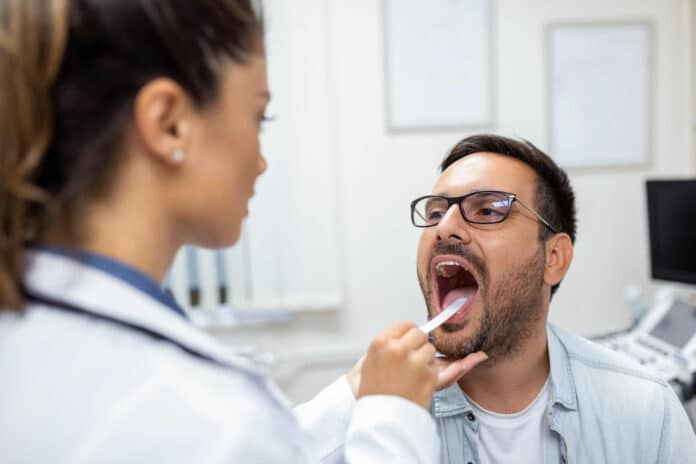Researchers from Middle Technical University (MTU) and the University of South Australia (UniSA) have shown how webcam technology can accurately detect diseases. They used a webcam to capture tongue images from 50 patients with diabetes, renal failure, and anemia.
By comparing these images with a database of 9000 tongue images, they achieved a 94% accuracy rate in disease diagnosis, surpassing traditional laboratory methods. Patients or their healthcare providers received a text message with the diagnosis based on tongue color. This innovation is especially relevant as remote health monitoring becomes more common worldwide.
In a recent paper published in AIP Conference Proceedings, MTU and UniSA’s Adjunct Associate Professor Ali Al-Naji and his team have explored the global progress in computer-aided disease diagnosis based on tongue color.
Assoc Prof Al-Naji mentions that examining the tongue for signs of illness has ancient roots in Chinese medicine. Over time, conventional medicine has recognized that the color, shape, and thickness of the language can reveal clues about various health issues, including diabetes, liver problems, circulatory and digestive disorders, as well as heart and blood conditions.
Modern technology and artificial intelligence have taken this concept further, enabling remote disease diagnosis through tongue analysis. This can be done using something as simple as a smartphone camera.
Computerized tongue analysis is an exact method for diagnosing diseases safely, effectively, painlessly, and cost-efficiently. This becomes crucial during global health crises like COVID-19, where access to healthcare centers can be limited.
Different diseases manifest in distinct ways on the tongue. For instance, diabetes patients often have a yellow tongue. In contrast, cancer patients may show a purple language with a thick, greasy coating. Acute stroke patients tend to have a red, crooked tongue.
A 2022 study in Ukraine used smartphones to analyze tongue images of 135 COVID-19 patients. It found that tongue color changes correlated with the severity of infection, with pale pink tongues for mild cases, red tongues for moderate cases, and dark red tongues for severe infections. This technology has also accurately diagnosed conditions like appendicitis, diabetes, and thyroid diseases in previous studies.
Assoc Prof Al-Naji said, “It is possible to diagnose with 80% accuracy more than ten diseases that cause a visible change in tongue color. Our study achieved a 94% accuracy with three diseases, so the potential is there to fine-tune this research even further.”
While the eyes may provide insight into a person’s emotional state, the tongue offers a unique perspective on one’s physical health. With its precision, safety, ease, and cost-effectiveness, computerized tongue analysis holds promise as a valuable tool for remote disease diagnosis, particularly in challenging circumstances like the current global pandemic. This practice, rooted in ancient wisdom, continues to evolve and expand its role in modern healthcare.
Journal reference:
- Abdulghafor Khudhaer Abdullah, Saleem Lateef Mohammed, et al., Computer-aided diseases diagnosis system based on tongue color analysis: A review. AIP Conference Proceedings. DOI: 10.1063/5.0154231.
